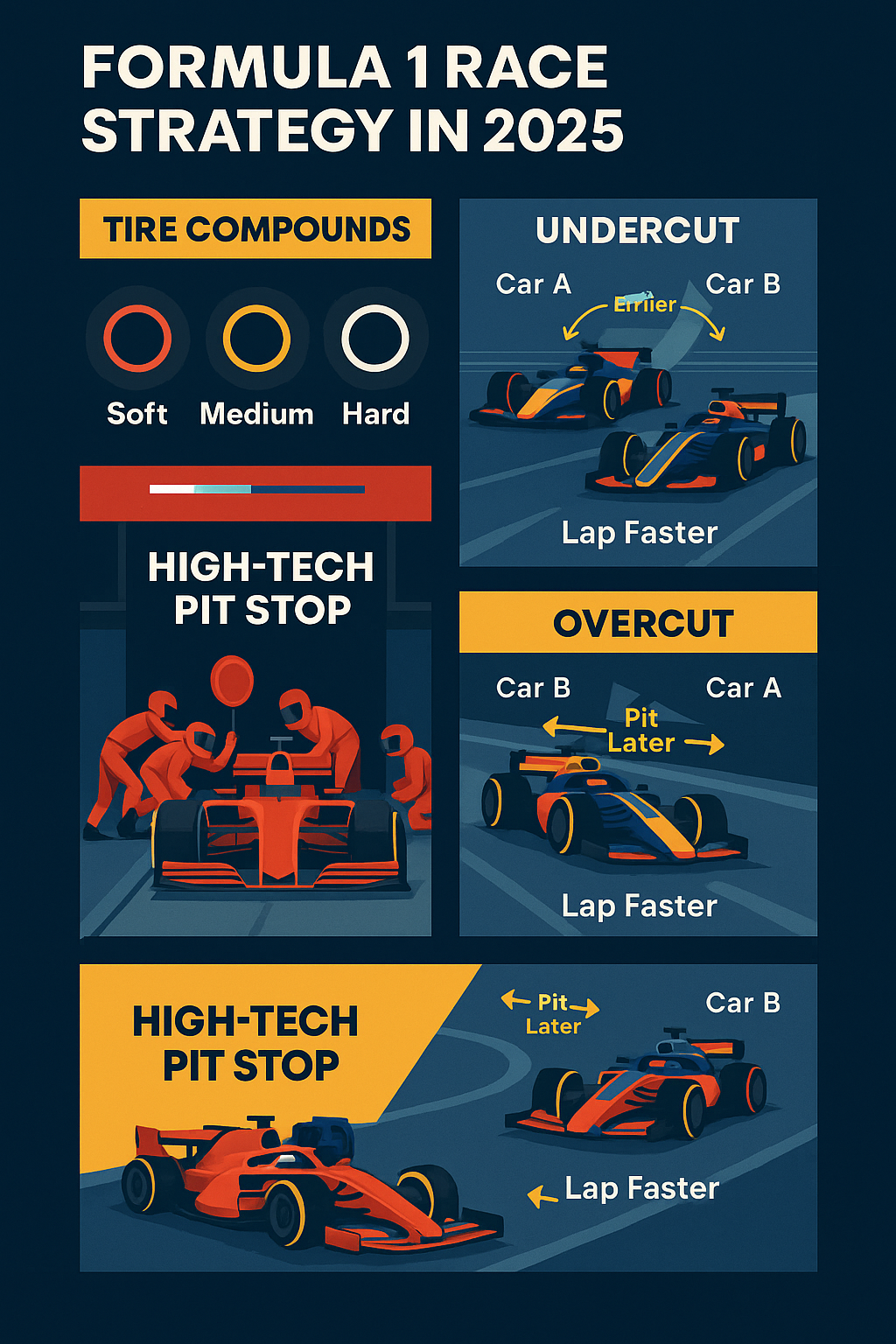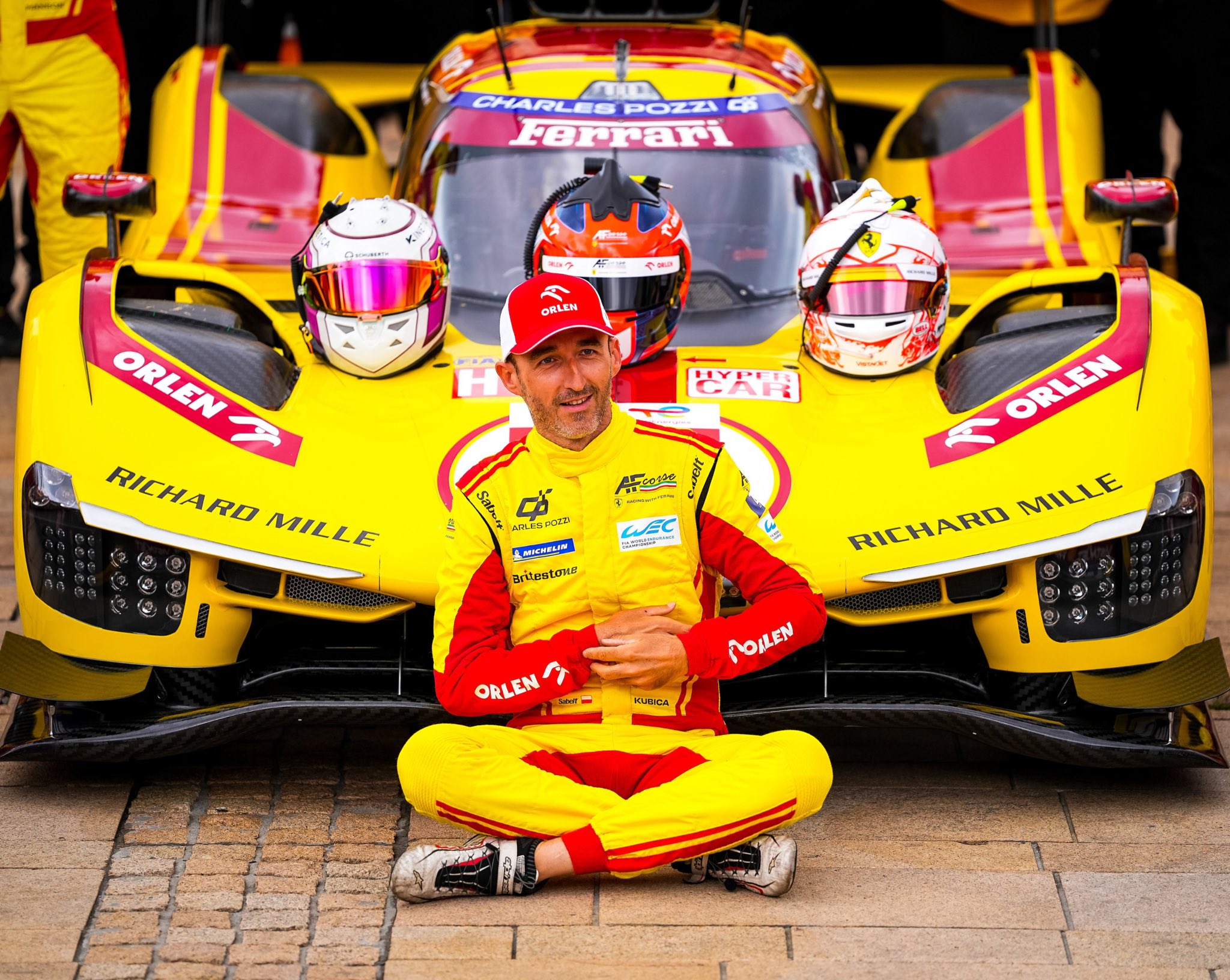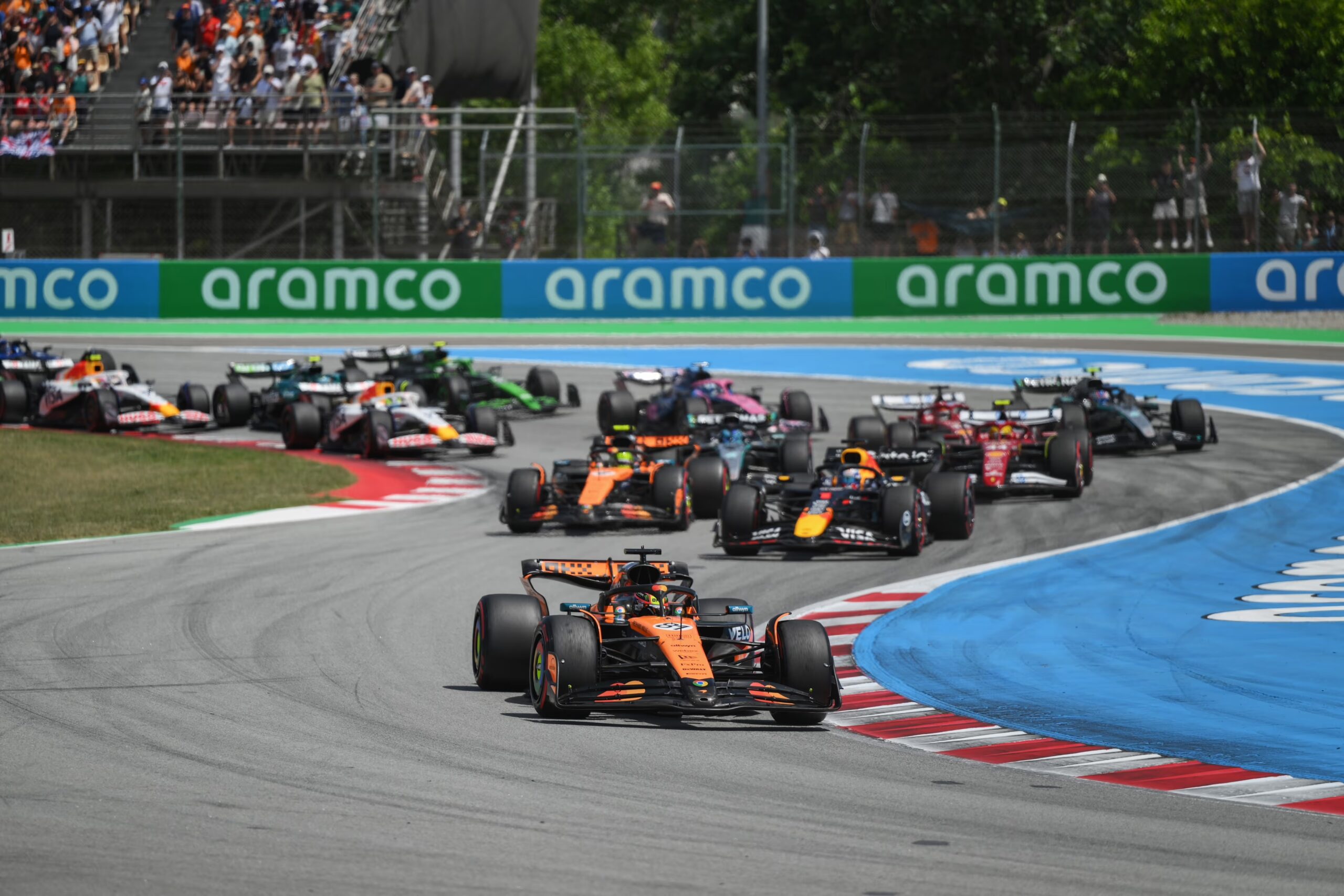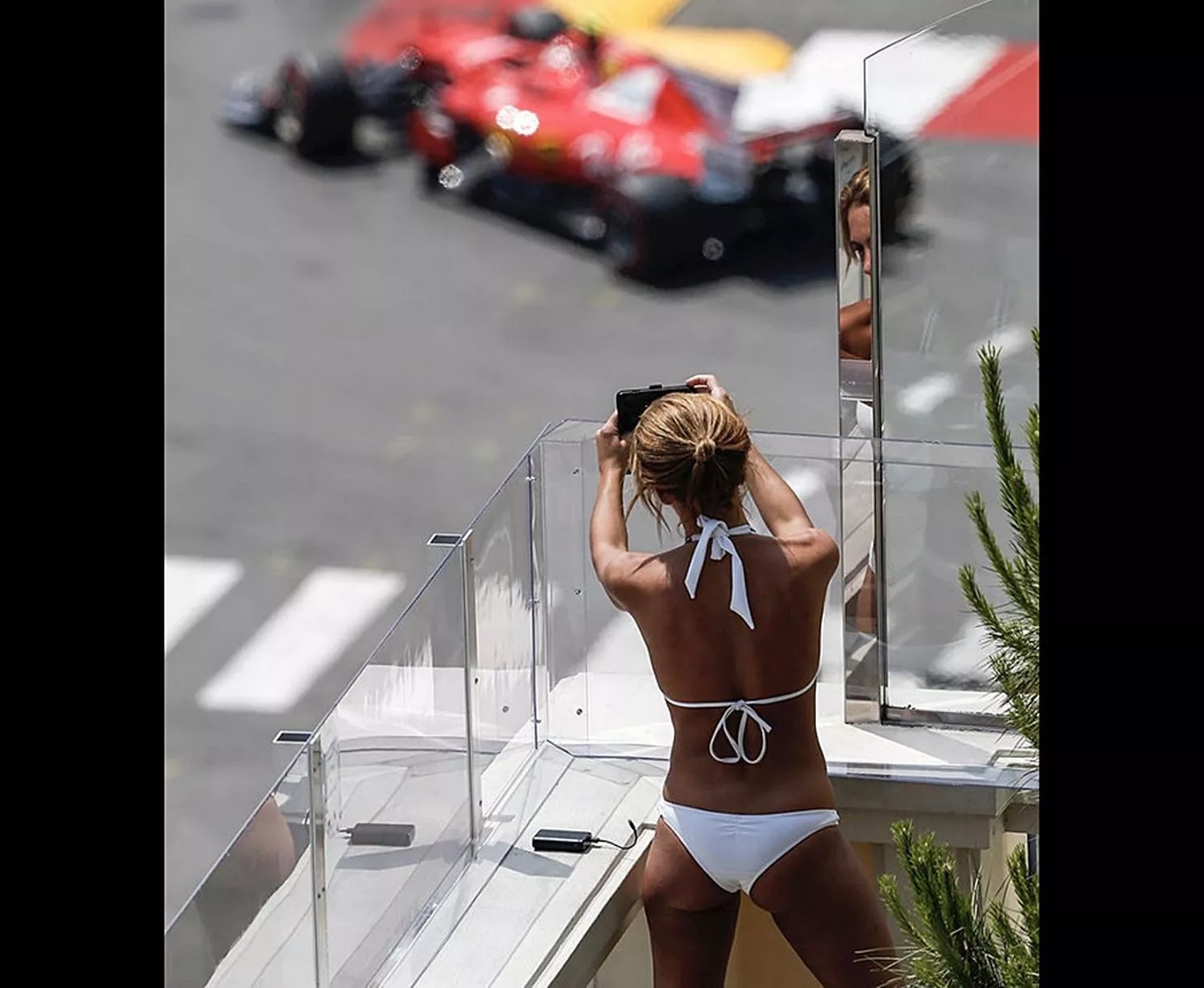Introduction
If you’ve ever watched a Formula 1 race and wondered why some drivers pit early, others late, or how one-stop vs two-stop decisions are made — this article is for you. Race strategy is one of the most fascinating and complex parts of F1, and in 2025, it’s more important than ever.
What Is an F1 Race Strategy?
An F1 strategy is a pre-planned approach to managing a driver’s race distance, including:
- When to pit and how often
- Which tires to use and in what order
- How to react to safety cars, virtual safety cars, or changing weather
It’s a mix of preparation, data analysis, and in-race decision-making — often with seconds to spare.
The Role of Tire Compounds
In 2025, Pirelli still supplies the tires. Each weekend, three compounds are selected from a range (C1 to C5):
- Soft (fastest, wears quickly)
- Medium (balanced)
- Hard (slower, more durable)
Teams must use at least two different compounds during a dry race, making tire choice critical.
Common Strategies Explained
1. One-Stop Strategy
- Fewer pit stops = less time lost in the pits
- Risk: You might lose performance late in the race
2. Two-Stop Strategy
- Allows for pushing harder on faster tires
- Requires overtaking cars on track (harder in dirty air)
3. The Undercut
- Pit earlier than your rival to get fresh tires and go faster
- If done correctly, you “jump” ahead when they pit later
4. The Overcut
- Stay out longer, banking on clean air or rivals getting stuck in traffic
5. Safety Car Reactions
- A well-timed safety car can make or break your race
- Some teams gamble on early pit stops; others wait
Real-World Example: 2025 Miami GP
Oscar Piastri won with a bold one-stop strategy, staying out longer than Norris and undercutting Verstappen. Ferrari, meanwhile, pitted Hamilton too early — dropping him into traffic, which ruined his chances.
It’s not just speed — it’s timing, traffic, and tire degradation.
Strategy Tools in 2025
Modern teams use AI-powered software, GPS telemetry, and live weather data to adjust plans in real time. Strategists sit on the pit wall, radioing key decisions based on:
- Sector times
- Tire temps
- Competitor behavior
- Virtual Safety Car windows
How Fans Can Follow Strategy Better
- Use apps like F1 TV or Live Timing to watch gaps and pit windows
- Listen to team radios (on air or via app) for real-time calls
- Watch out for tire wear visuals — they hint at who’s in trouble
Final Thoughts
Understanding strategy makes F1 ten times more exciting. You won’t just be watching laps — you’ll start predicting who might win based on tire choice, lap times, and pit timing.
So next time you watch, follow the numbers, the timing, and the tire graphics. You’ll enjoy the race more — and maybe even outguess the teams.





